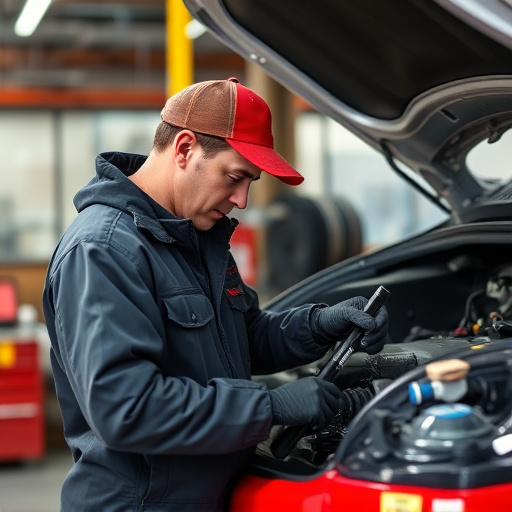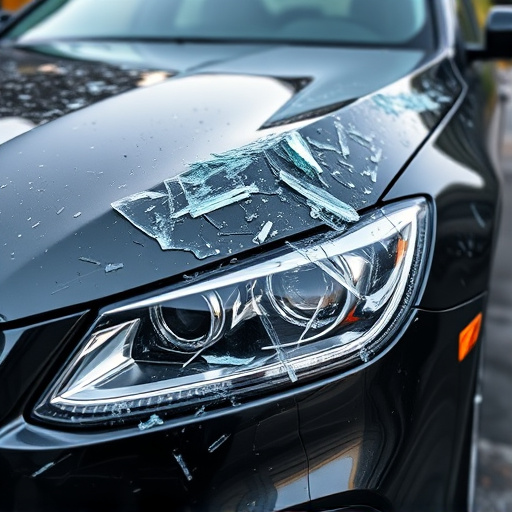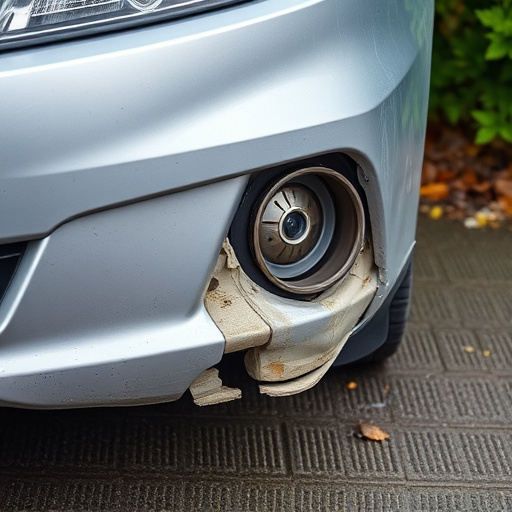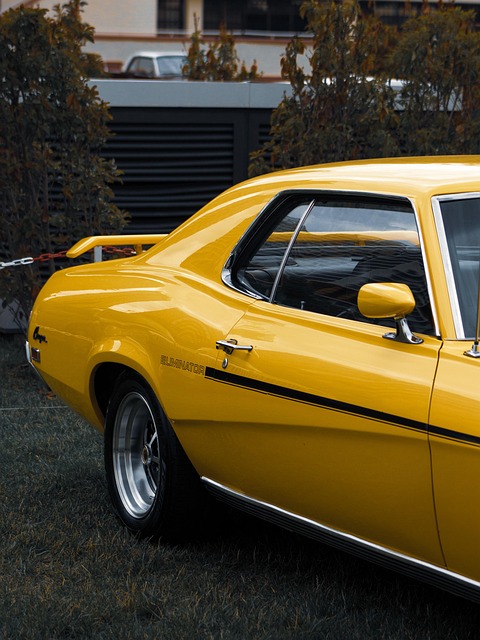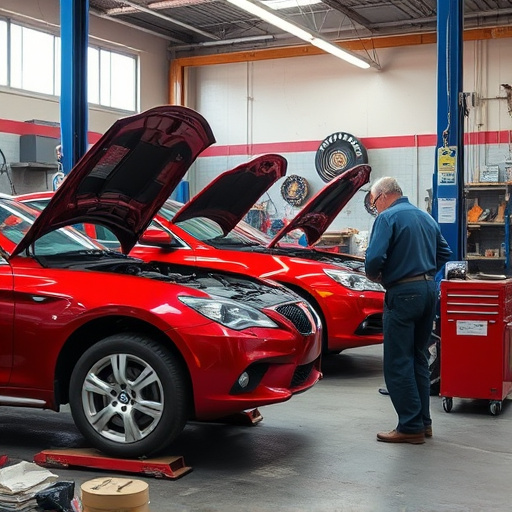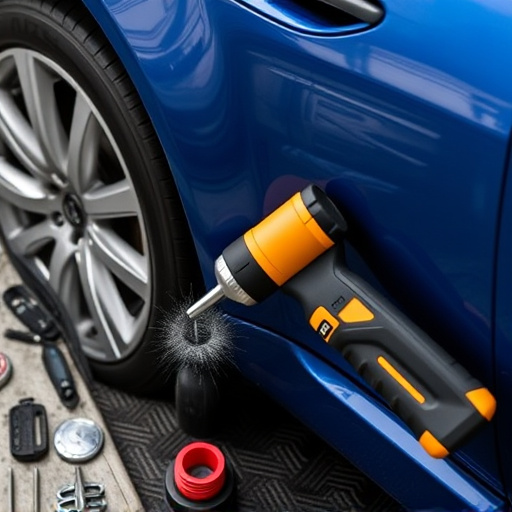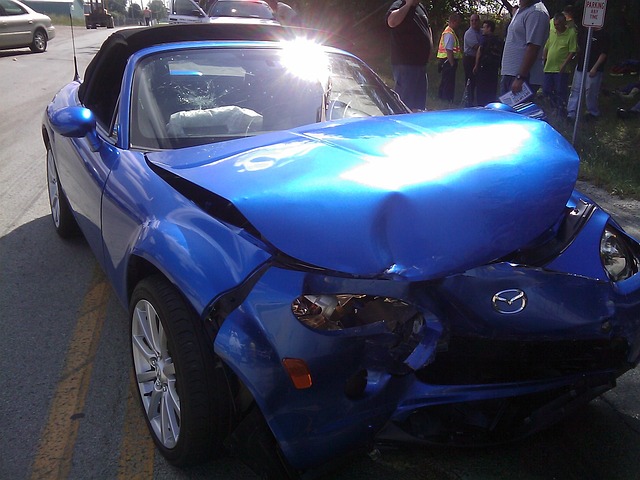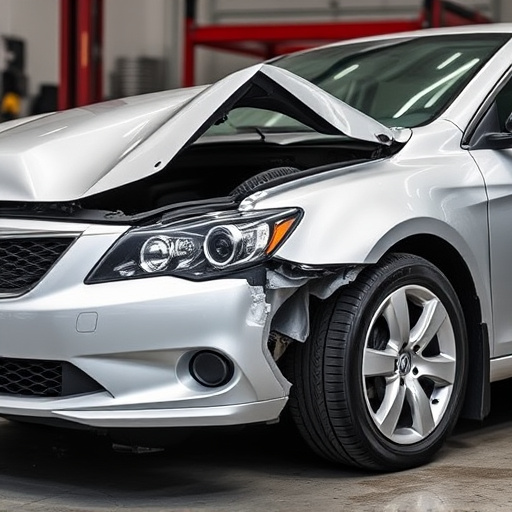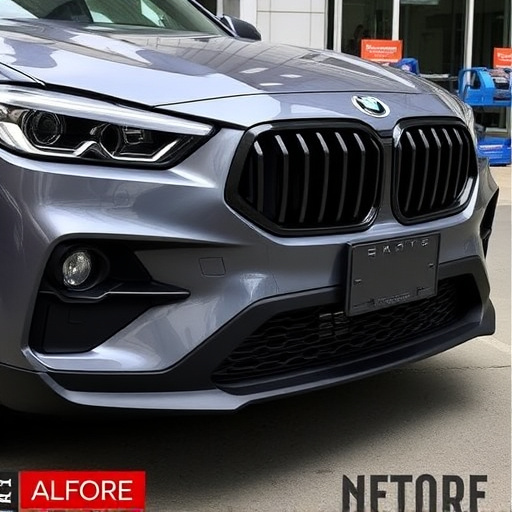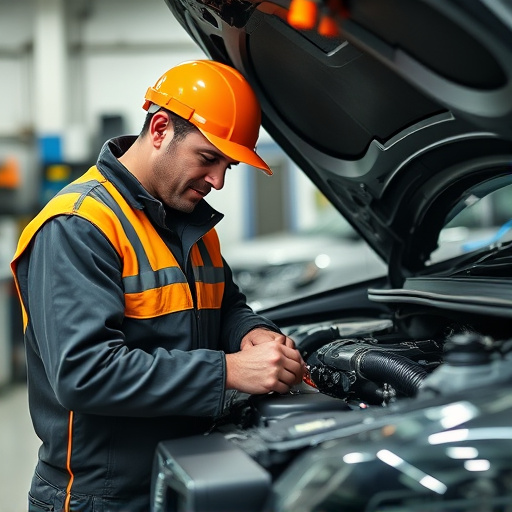Frame straightening services are vital in vehicle restoration, offering two main options: aftermarket and OEM (Original Equipment Manufacturer). Aftermarket services provide cost-effective, precise repairs using advanced technology, while OEM services guarantee superior quality, engineering, and warranties at a higher cost. Choosing depends on balancing cost, quality control, warranty, turnaround time, and future resale value, emphasizing the importance of selecting reputable collision repair shops or manufacturers for professional results in auto body restoration.
Looking to restore your vehicle’s structure after a collision? Explore the nuances of aftermarket versus original equipment manufacturer (OEM) frame straightening services. Understanding these options is crucial for ensuring your car’s safety and aesthetic appeal post-repair. This article delves into the advantages and disadvantages of each approach, guiding you in making an informed decision to choose the optimal frame straightening service for your vehicle’s restoration.
- Understanding Frame Straightening Services: Aftermarket vs OEM
- Advantages and Disadvantages of Each Approach
- Choosing the Right Option for Your Vehicle's Restoration
Understanding Frame Straightening Services: Aftermarket vs OEM
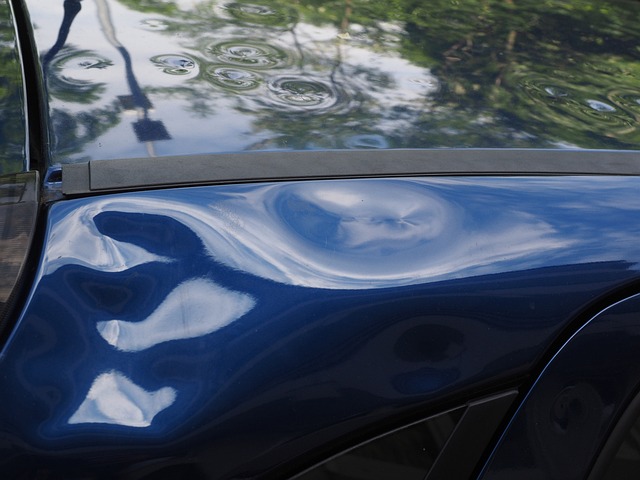
When it comes to vehicle restoration and repair, frame straightening services play a crucial role, especially after accidents or damage. Two prominent options in this domain are aftermarket frame straightening and Original Equipment Manufacturer (OEM) frame straightening. Aftermarket services are typically offered by specialized collision repair shops, focusing on repairing and realigning car frames to their original specifications. These shops use advanced technology and techniques to ensure precise results, often at competitive prices. On the other hand, OEM frame straightening refers to repairs conducted by authorized dealers or manufacturers, adhering strictly to the vehicle’s original design and standards. This method guarantees that all safety features and structural integrity are maintained, making it ideal for high-value vehicles or those still under warranty.
Choosing between these options depends on various factors. Aftermarket services provide flexibility and cost-effectiveness, allowing for personalized solutions. In contrast, OEM frame straightening ensures originality and longevity, preserving the car’s initial quality and safety features, which are vital in modern vehicles. Whether opting for aftermarket or OEM, selecting a reputable collision repair shop or manufacturer is essential to guarantee professional results and customer satisfaction.
Advantages and Disadvantages of Each Approach
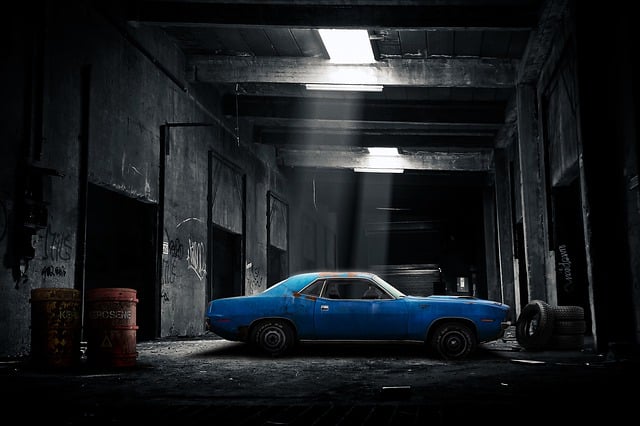
Using Original Equipment Manufacturer (OEM) frames versus aftermarket frame straightening services for auto body restoration has its pros and cons.
Aftermarket Frame Straightening Services: These shops often offer lower costs, making them appealing to budget-conscious consumers. They can provide quick turnaround times, allowing for faster repairs. Aftermarket services might also be more accessible, with many specialized in frame straightening alone, enabling them to focus on precision and efficiency. However, quality control may vary, leading to potential issues with structural integrity, especially if the technicians lack OEM training or specific tools. Warranty coverage could also be a concern, as using aftermarket parts might void manufacturer guarantees.
OEM Frame Straightening: While it comes at a higher cost, using original equipment frames ensures superior quality and precision engineering. OEM parts are designed specifically for the vehicle model, guaranteeing optimal fitment and structural integrity. These services often come with comprehensive warranties, offering peace of mind. However, wait times might be longer due to the specialized nature of the work, and availability could be limited, especially for older or rarer vehicle models.
Choosing the Right Option for Your Vehicle's Restoration
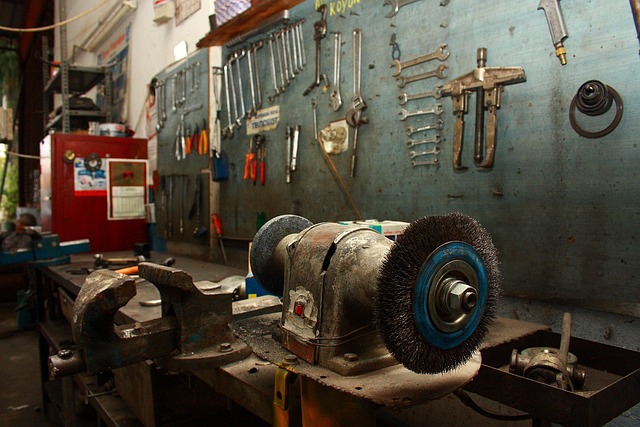
When considering a frame straightening service for your vehicle’s restoration, it’s crucial to weigh the options between aftermarket and OEM (Original Equipment Manufacturer) parts. Aftermarket frame straightening services offer cost-effectiveness and customization, allowing for unique or specialized repairs tailored to specific models. These shops often employ advanced technology to ensure precise results, making them a popular choice among car enthusiasts looking for that perfect restoration.
However, OEM frames provide a level of quality and authenticity that is hard to beat. Using manufacturer-approved parts ensures your vehicle maintains its original specifications, which can be crucial for future resale value or if you plan extensive auto maintenance. While the upfront cost might be higher, OEM frames come with warranties and guaranteed compatibility, making them an excellent investment in the long term, especially for those who prioritize top-notch car paint services and overall vehicle performance.
When considering a frame straightening service, whether aftermarket or OEM, it’s crucial to weigh the benefits and drawbacks of each approach. Aftermarket services often offer cost-effectiveness and specialized techniques, while OEM parts ensure genuine compatibility and quality. For vehicle restoration, understanding these distinctions is key to making an informed decision that respects both your budget and your car’s historical integrity. Remember, the right choice can transform a damaged frame into a robust foundation for a seamless restoration.
